Dave Hunter: What’s Behind the Sag, Bias, and Bias X Controls in Helix Amps?
by Dave Hunter
Even when we’re getting our precious tone via digital alternatives, the baseline for that sound remains the great tube amps of both yesterday and today—and some of the lesser-known parameters of these creations can have a surprisingly appreciable effect on their overall sound and performance. Two of the Helix processor’s controls that are frequently overlooked or at least misunderstood are Sag and Bias—and while the results of adjusting these parameters may be subtle at times, they can play a significant part in dialing in your tone to perfection. Let’s explore how these parameters work in good old-fashioned analog tube amps, to the end of understanding how they might impact your Helix amp settings.
Sag By Name, Sag by Nature
Sag is a quality that is also sometimes described as “compression” or “squash” or sometimes “swell” or “bloom” as applied to tube amps. Put simply, this is the amount of time that the tubes—those in the rectifier and output stage in particular—take to recover and return to full power when hit with a heavy demand while running at higher output levels.
Along with their dip in peak performance when rectifier-supplied voltages dip due to a sagging power supply stage, output tubes can induce some juicy, compression-like sag into the sonic brew when struggling to keep up with the demand for amplification at the top of their operating level—even when voltage supplies remain steady—as can preamp tubes when driven hard. In both cases this usually blends with tube distortion, inducing a sponginess at the front of the note in amps that experience it, versus the tight, sharp attack of an amp with a big and efficient power supply and little difficulty responding at high volumes. In the smaller amps that are notorious for heavy sag, in fact, the sensation is often a combination of rectifier sag and tube sag—when the things are pushed particularly hard, at least.
Sag is usually spoken of in reference to a tube rectifier. When these components are asked to function near the top of their capabilities—for example, when the amp is turned up loud, and/or you hit it with chunky power chords or a lot of fast riffing or a heavy pick attack—the DC voltage it provides to the tubes in the rest of the circuit can dip lower for a time as it struggles to keep up with demand. The result is generally heard and felt as a compression-like softness on the attack of the note or chord, with a swell and bloom of sorts as the system ramps back up to full voltage. On most occasions all of this happens relatively quickly, even in particularly “saggy” amps, but it’s enough to affect the playing feel and the overall sound, sometimes subtly, but sometimes rather dramatically.
Discussions of sag usually bring to mind smaller tweed amps first and foremost. The Fender 5E3 Deluxe of the ’50s (and earlier models) are certainly legendary for their toothsome, player-friendly sag, as are smaller Champ and Princeton models. Many higher-powered vintage amps of the ’50s and ’60s will also sag considerably when pushed hard, as will any amps of later eras that are based on similar circuits.
Amps don’t have to have tube rectifiers to sag, however. Even solid-state rectifiers can sag slightly when the demand for more power comes hot and heavy. But on top of that, the tubes in other stages can sag in and of themselves when working hard, and the output tubes in particular.

Screen shot from HX Edit showing the Sag, Bias, and Bias X controls for a US Double Nrm amp model.
To Sag or Not to Sag
As interesting as all of this may or may not be, what really matters is whether sag is right for you and your playing style, and being able to dial it in or out accordingly. Fans of smaller to medium-sized vintage amps—and blues and classic-rock players in particular—often talk so glowingly of tube and rectifier sag that we might assume it’s universally a good thing, and indeed this parameter can add a delectably touchy-feely element to many types of playing. Several styles of music, however, come across better with little to no sag induced at the amp. Anything from speedy country picking to tight modern metal and shred will likely feel and sound more satisfying played through an amp with minimal sag, as sag can slur the notes and power chords and lead to a frustrating sludge as the amplified sound lags behind your fingers.
The trick with dialing in the degree of sag in traditional tube amps is that for the most part … you can’t. Some modern amps have functions that enable a governable range or a switch between hard and soft, but generally you’re stuck with what the circuit design, power stage, and age and condition of the amp will give you. And that’s where the Sag control in Helix comes in. Say you’re enamored with the sound of a big, tight, bold Twin Reverb-inspired model, for example, but would prefer a juicier, more forgiving playing feel—scroll down to that Sag control, slide it up to a higher setting, and go.
Taking it the other direction, if you’re in love with the tone of a tweed or other lower-wattage amp model but need a tighter, faster response for some high-BPM chicken pickin’ or precise chord work, dial down that model’s Sag control and it will magically take on some of the efficiency and response of an amp with a bigger, swifter power stage.
Experiment with this capability within several models—both working with type, and against type—and you’ll quickly discover that this seemingly subtle parameter can actually play a big part in dialing in your ideal degree of touch sensitivity, along with the perfect sound for your song.
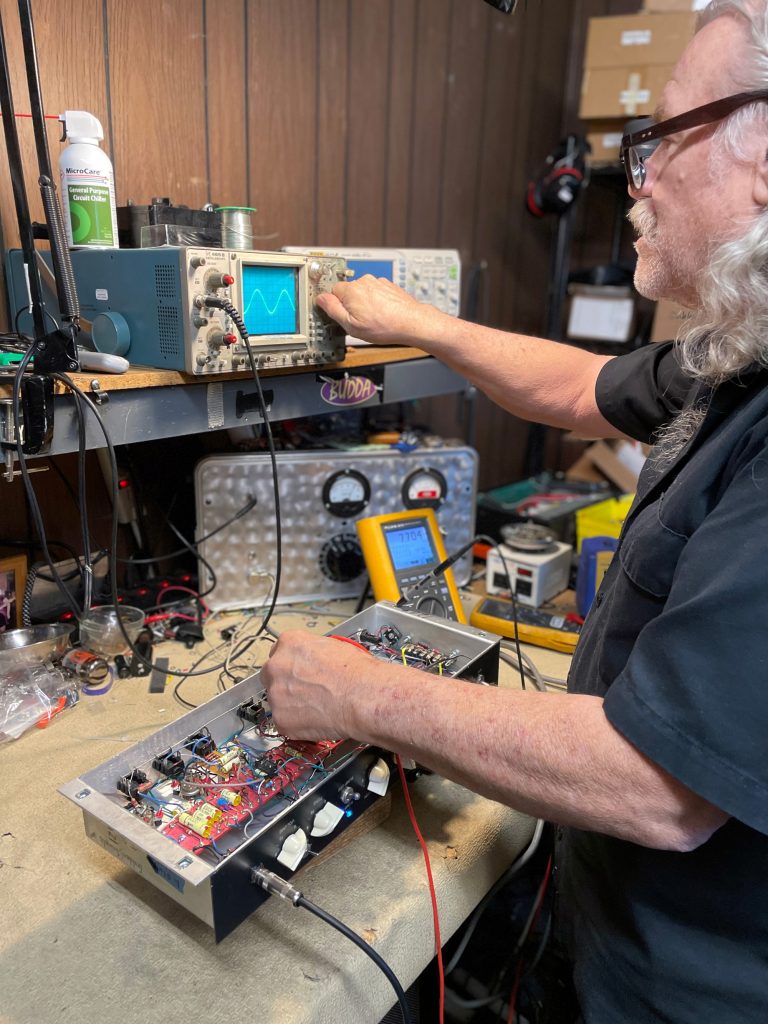
A Matter of Bias
A tube amp’s bias is the means by which the output tubes are set to function optimally according to the DC voltage level that is being supplied to them by the power stage. Unavoidable variables in the manufacturing process mean that all tubes coming off the line operate at slightly different levels of efficiency, performing slightly differently according to the voltage delivered to them by different amplifier circuits. Good dealers will usually match these tubes into pairs and quads that at least operate together at something very close to the same efficiency and performance levels, but the inevitable differences between different new sets of output tubes means that for fixed-bias, Class AB amps it’s impossible to set a one-time operating level that will work optimally with all possible tubes that might be used throughout its lifetime.
For this reason, most such amps include an adjustable bias circuit that enables the user—or their tech—to dial in each set of tubes after a change to ensure they are functioning their best according to the high levels of DC voltage they are seeing. (Some vintage amps were made with a set, non-adjustable bias network that gave a “good enough” performance with different sets of tubes, and the quality of tubes used in the 1950s when these amps proliferated meant they often didn’t vary too widely within acceptable parameters.)
In addition to getting the output tubes to function optimally, however, bias can be used to tweak them into slightly atypical, but potentially sonically-preferable, states. Biasing an amp’s output tubes “hot” means they will work harder (and potentially burn out sooner) while sounding warmer and softer with an easier onset of distortion. Biasing them “cold” results in a tighter, punchier sound and a little more headroom, but what can sometimes be described as “brittle” or “harsh” sounding, especially at the onset of distortion.
Note that all of this applies to so-called “fixed-bias” amps, the Class AB amps that include adjustable bias networks. The terms can be confusing, because—although it’s not worth going into the further deep-dive of the tube-amp tech here—this “fixed” term applies to most adjustable-bias amps. On the other hand, the cathode-biased amps that require no bias adjustment when tubes are replaced have a set resistor and capacitor than cannot be adjusted (think Vox AC30, Fender 5E3 tweed Deluxe, etc.).
The beauty of the inclusion of the Bias control in the Helix amp models is that you can fine-tune each amp’s output stage to lean toward that warmer/softer or tighter/harder performance that hot or cold bias, respectively, gives a real tube amp. What is more, you can do so without the premature-burn-out risk that this presents to physical tubes in the analog world. This control also allows you to adjust models of cathode-biased amps in this regard, achieving tonal tweaks that would be impossible in a genuine tube amp without firing up the soldering iron and making some invasive changes inside the circuit. Playing an amp that you’d like to sound just a little firmer and tighter? Slide that Bias control to make it a little colder. Looking for a slightly warmer and looser sound with quicker onset of distortion? Try making it hotter.
Bias X: Your Gateway to Bias Excursion
Another factor affecting any genuine tube amp’s performance is the way the bias of the output tubes reacts when hit with a high input level and distortion in the power amp. While this bias remains relatively stable throughout the range of clean playing, a heavy load from aggressive playing with the amp cranked up will send a hotter signal from the phase inverter to the grids of the output tubes, inducing something called “bias excursion.” This excursion reduces the bias level momentarily, sometimes just a little, but sometimes by as much as half or even twice the standard bias level when things are really working hard.
There will usually be a little bias excursion under normal conditions when an amp is working hard at higher volumes, but until it gets extreme the sonic results are often relatively subtle. When noticeable, it’s usually heard as increased crossover distortion—scientifically referred to as distortion that’s a little “gnarlier” and “rattier” than the smoother distortion that tubes segue toward when overdriving naturally. In a sense, bias excursion can be somewhat akin to sag in an amplifier—as discussed above—but it’s happening in a different part of the tube. And, in truth, when you’re pushing an amp hard enough for these things to occur, they are usually presenting themselves as parts of a greater sonic whole, with each parameter affecting the others as the many ingredients in an overall tonal stew.
Helix amp models included a Bias X control to govern the amount of bias excursion experienced in the output stage under high-input conditions. Push this one higher and your model will experience greater excursion within any given bias setting, inducing more of the crossover distortion heard in a tube amp when driven towards its limits. In most instances the results of changes in the Bias X control will be relatively subtle—the majority of players can probably ignore this control entirely and remain entirely happy with their Helix tones—but it’s another way in which Line 6 is drilling ever deeper into the nuances of realistic tube-amp performance.
Sliding Home
Put them all together, and the Sag, Bias, and Bias X controls enable control over fundamental tube amp parameters that can greatly affect the sound and playing feel of Helix amp models. The beauty of adjusting these controls in the Helix world is that they are entirely non-invasive, instantly accessible, and immediately reversible. What’s more, they can quickly personalize your sound, and make any amp model all the more ideal for your playing. So dive in, give those sliders some action, and see what they can do for your tone!
More on Helix.
Main image: Alex Legault
Photo of Mike Franceschini: Dan Boul

Dave Hunter is the author of The Guitar Amp Handbook, British Amp Invasion, The Gibson Les Paul, Fender 75 Years, and several other books, and is a regular contributor to Guitar Player, Vintage Guitar, and The Guitar Magazine (UK).
Related posts
Leave a Reply
You must be logged in to post a comment.
By submitting your details you are giving Yamaha Guitar Group informed consent to send you a video series on the Line 6 HX Stomp. We will only send you relevant information. We will never sell your information to any third parties. You can, of course, unsubscribe at any time. View our full privacy policy

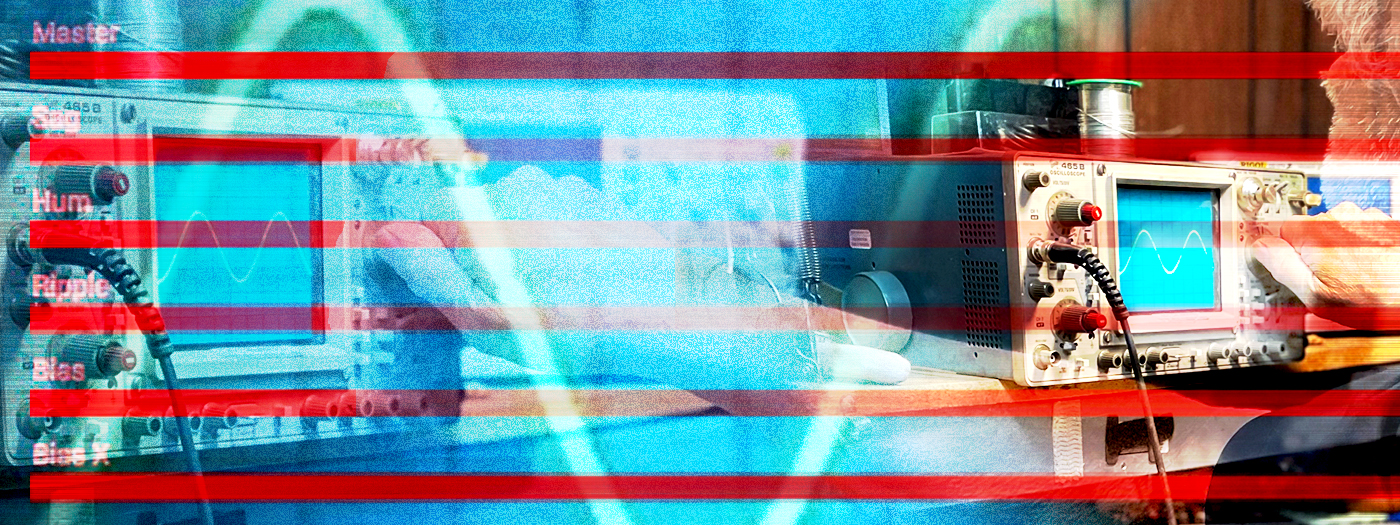
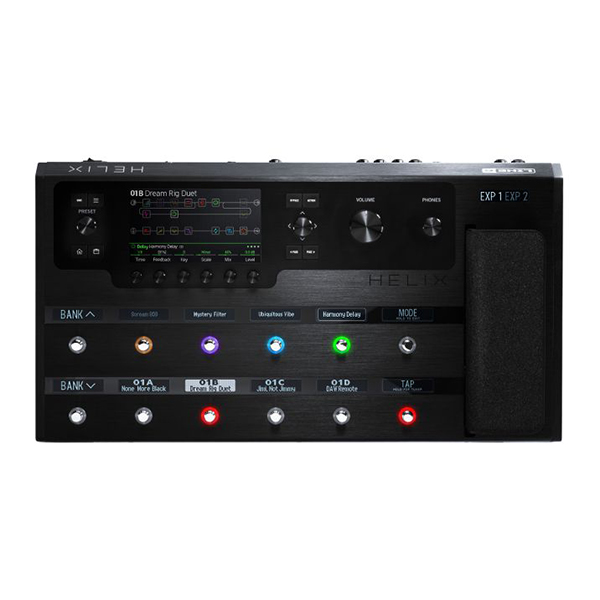
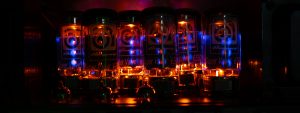
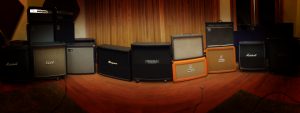
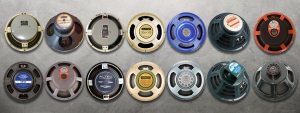
If I want to experiment with certain guitar amp models on bass, what type of Sag and Bias settings do you guys recommend?
Dave! Thanks for the accessible and accurate explanations. You missed a related parameter: Hum. Why did Line 6 include this (I mean, who wants hum?!?)? Does it interact with the sag and bias settings in the software models?
Just wanted to say *great* job on this post. It’s very well-written and clear. This should be mandatory reading for anyone wanting to play with those parameters who doesn’t yet know what they mean.
How about something on hum? Is there any tonal purpose outside of nostalgia?
thanks so much for this detailed explanation of these “mysterious” controls. Also thanks for your commitment to updates on a relatively old product. The helix is awesome and you’ve made a lot of customers for life by continuing to provide updates and support. I ditched my traditional peddleboard and effects for a helix years ago. and haven’t regretted it for a second. keep making great gear. and I’m looking forward to the Helix II
Great explanation as always Dave! It’s also worth noting that as the master volume setting is increased the perception of these albeit subtle effects is slightly more noticeable and at lower settings.
Dave is my goto guy! His books are all great studies in everything about guitar electronics & amps!